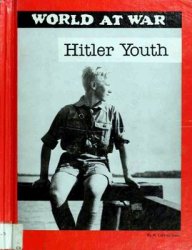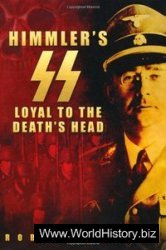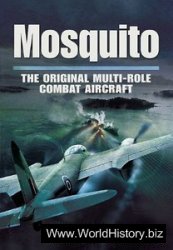The Kaw, pronounced as it is spelled, are also known as the Kansa, Kanza, or Konza (pronounced KON-za), a longer version of the same Native word meaning “people of the south wind.” A Siouan-speaking people, they are close relatives of the OSAGE and are also related to the OMAHA, PONCA, and QUAPAW. It is thought that common ancestors of these tribes lived as one people along the Ohio valley in early times, then migrated west of the Mississippi onto the prairies before non-Indian explorers reached their domain. The Kaw, or Kansa, settled along the river that bears their name, the Kansas River, which is a tributary of the Missouri River. Their name has also been given to the state where their homeland was situated. Kaw territory stretched north of Kansas into southern Nebraska as well.
The Kaw are classified as part of the Great Plains Culture Area because they hunted buffalo, as did other PLAINS INDIANS. Yet they originally were villagers who farmed as well as hunted and sometimes are discussed as PRAIRIE INDIANS. After they had obtained horses in the early 1700s from other tribes, the Kaw adopted even more cultural traits of the nomadic Plains tribes, ranging over a wider area to hunt.
Since the Kaw occupied territory in the center of North America, many travelers passed through their homeland: the Spanish from the southeast; the French from the northeast; and the English, and later the Americans, from the east. In the early 1800s, an old Indian trail, running from the Missouri River to New Mexico through the heart of Kaw territory, assumed importance as a trade and migration route for non-Indian settlers: the Santa Fe Trail. All its travelers—traders, migrants, soldiers—were able to recognize the Kaw by their distinct hairstyle: Tribal members plucked or shaved their entire head, except for a single lock at the back.
From 1820 to 1846, the Kaw lost most of their territory in Kansas and Nebraska. William Clark, formerly of the Lewis and Clark Expedition of 1804—06, which had come into contact with the Kaw and other Missouri River tribes, negotiated many of the land cessions with them. Kaw holdings originally formed the northern part of the Indian Territory. In order to make room for tribes relocated from east of the Mississippi, government officials forced local tribes to occupy smaller pieces of land. In 1846, the Kaw were assigned a reservation at Council Grove on the Neosho River.
Non-Indian settlers soon overran these lands. In 1852, by an act of Congress, the northern part of the Indian Territory became the territories of Kansas and Nebraska. In 1861, Kansas became a state. In 1862, the Homestead Act opened up Indian lands in both territories to white homesteaders. In 1867, Nebraska became a state. In 1873, the Kaw were granted a new reservation near their kinsmen, the Osage, in the diminished Indian Territory, which came to be the state of Oklahoma. In 1887, tribal lands were allotted to individual tribal members.
A part-Kaw Indian, Charles Curtis, served as vice president from 1929 to 1933, under President Herbert Hoover. He was a successful jockey when young, then became a lawyer. He was elected to Congress in 1892. He served 14 years in the House of Representatives and 20 in the Senate before being chosen by Hoover as his running mate on the Republican ticket. During his career, he helped pass some legislation helpful to Native Americans, including the Citizenship Act of 1924, giving the right of citizenship to them. His work in favor of the Allotment policy, designed to break up tribal lands and distribute them to individuals—the Curtis Act of 1898 and the Kaw Allotment Act of 1902—proved counterproductive, however.
The Kaw sponsor an annual powwow every August near their tribal headquarters in Kay County in north-central Oklahoma.
See HARE (KAWCHOTTINE)




 World History
World History









